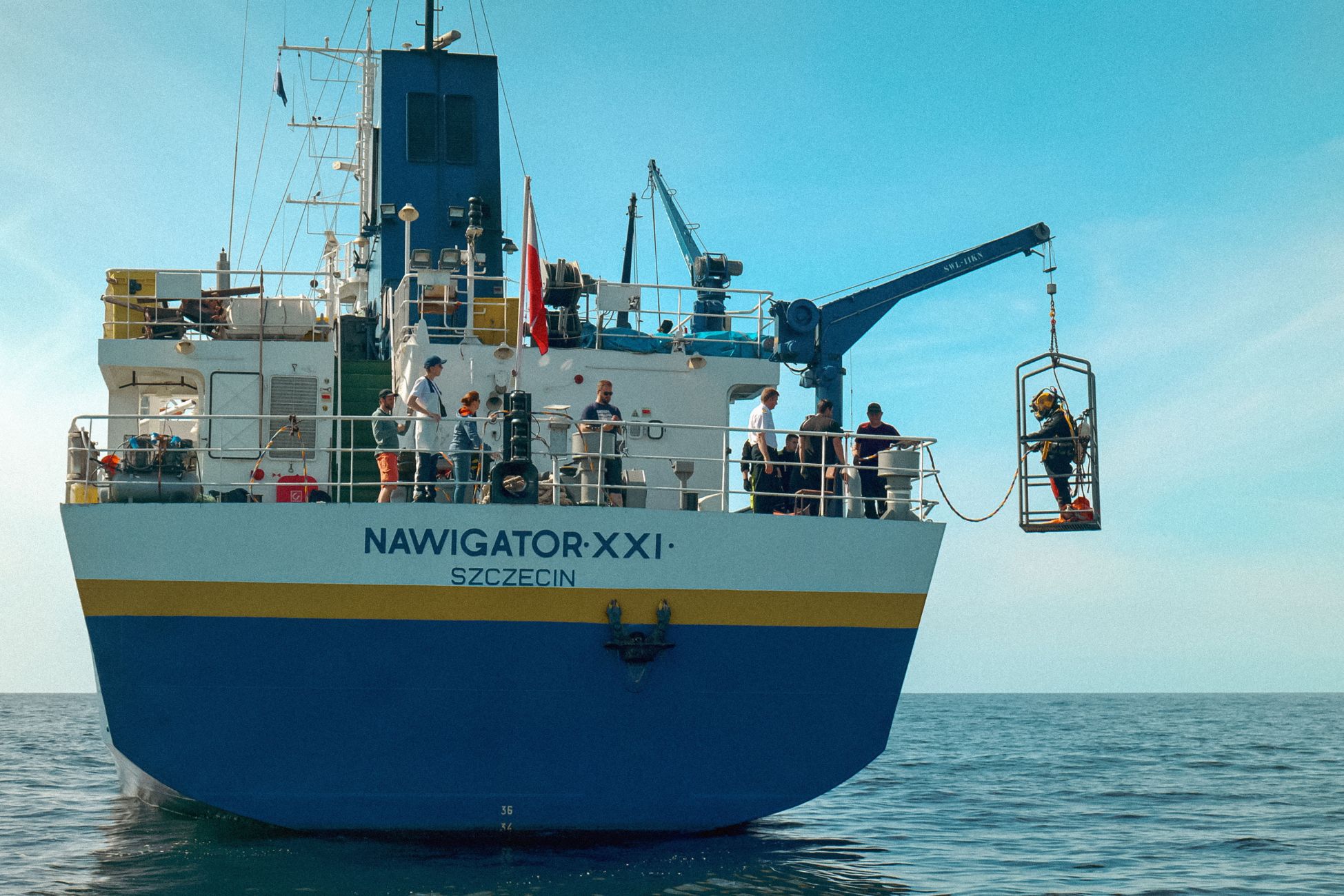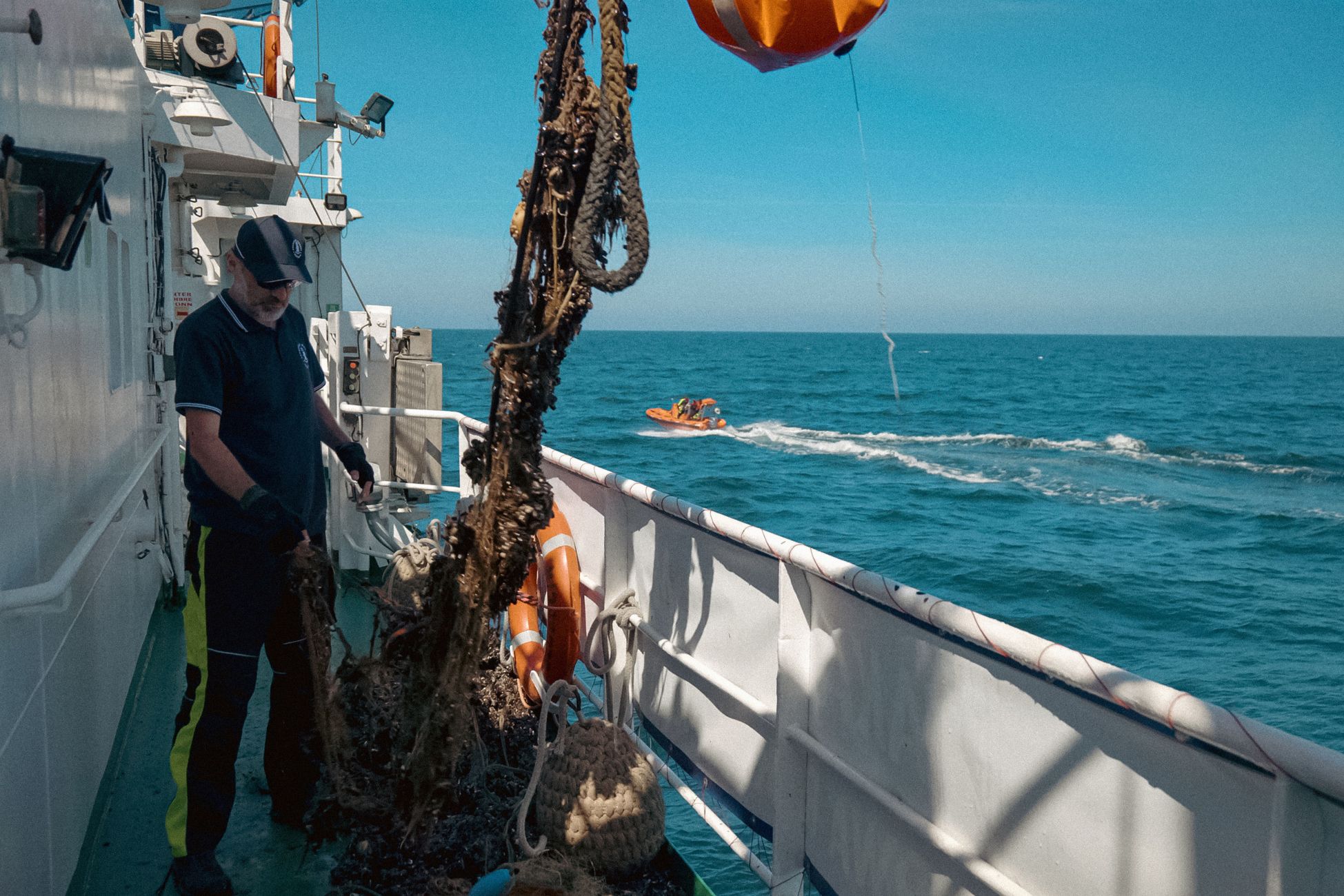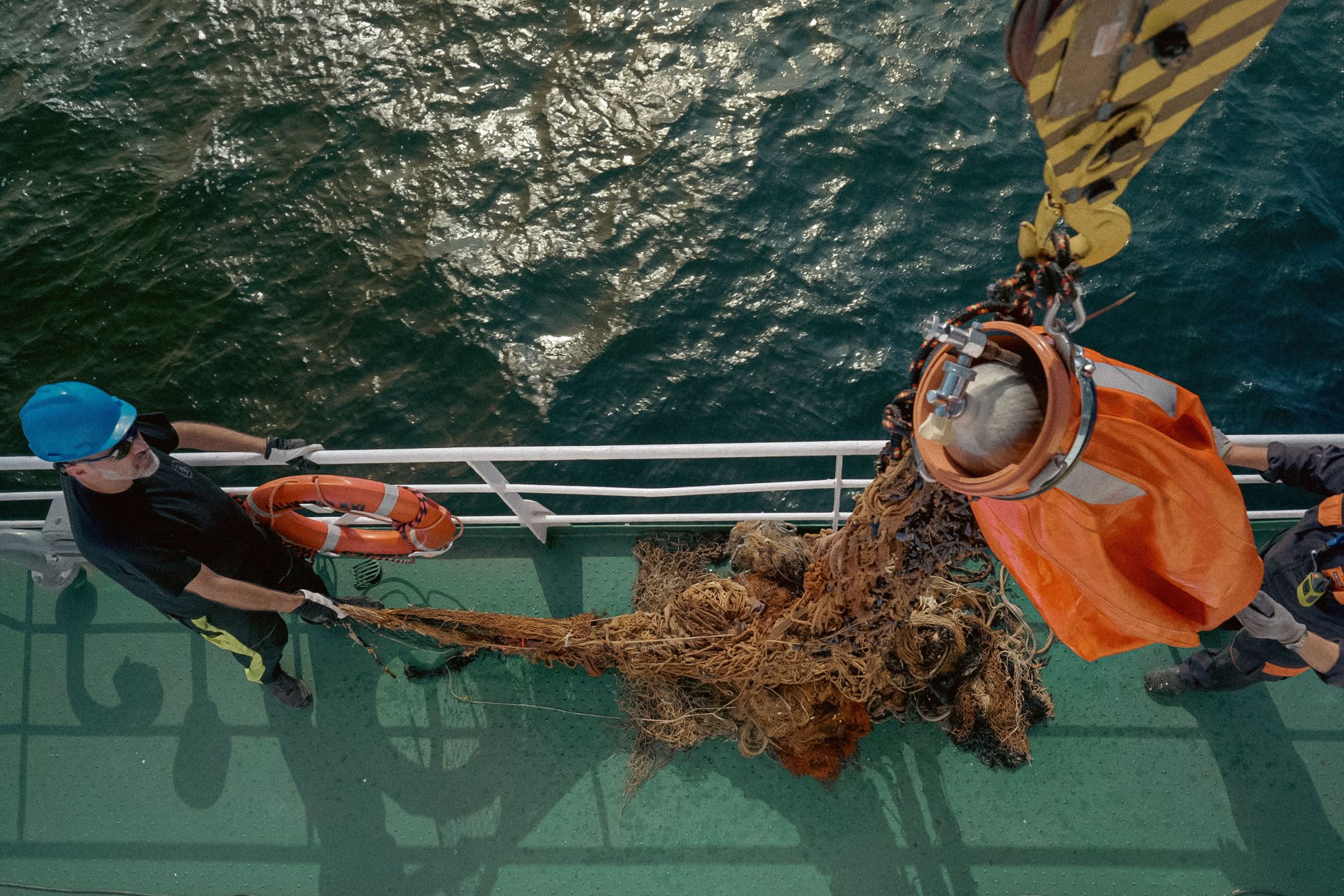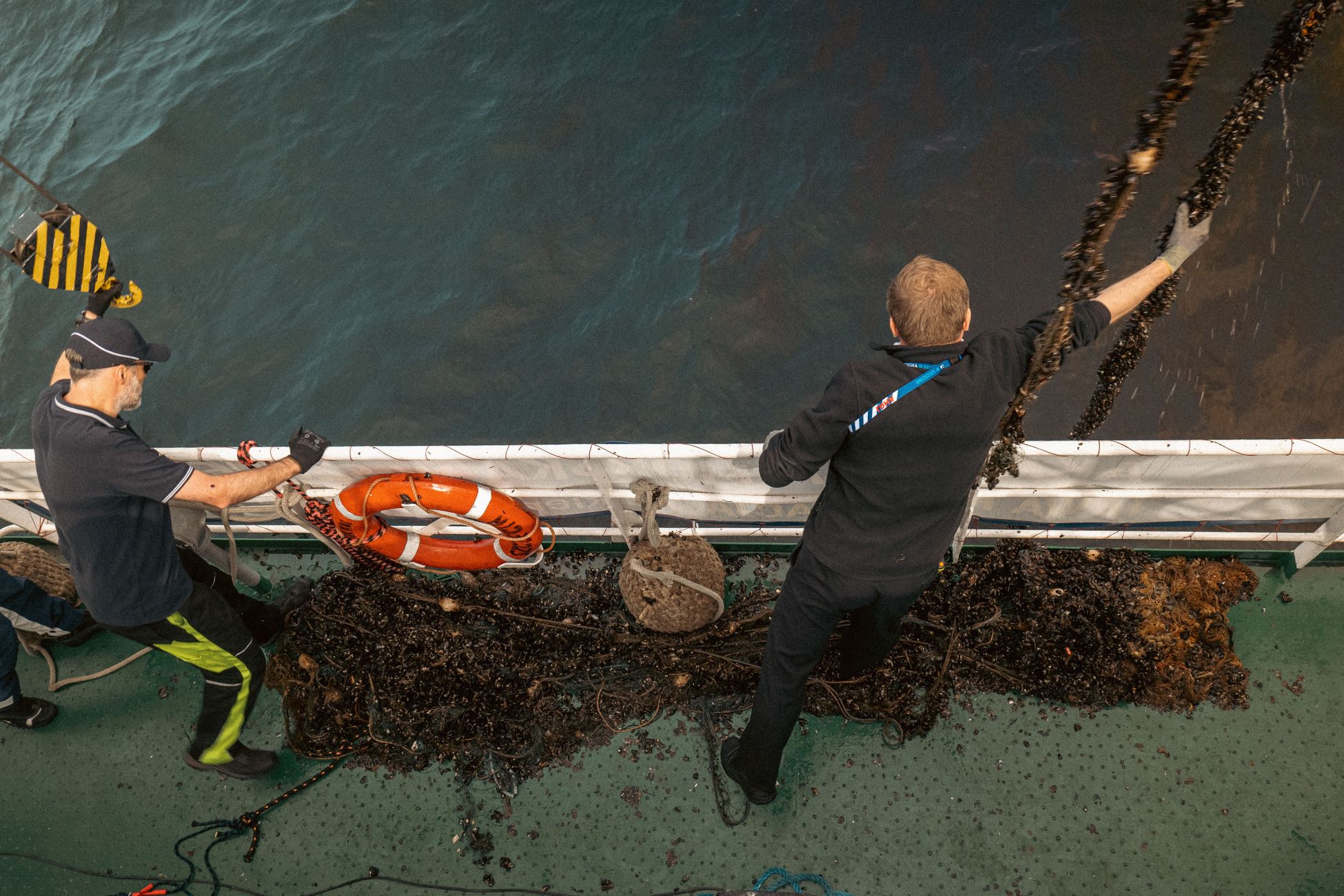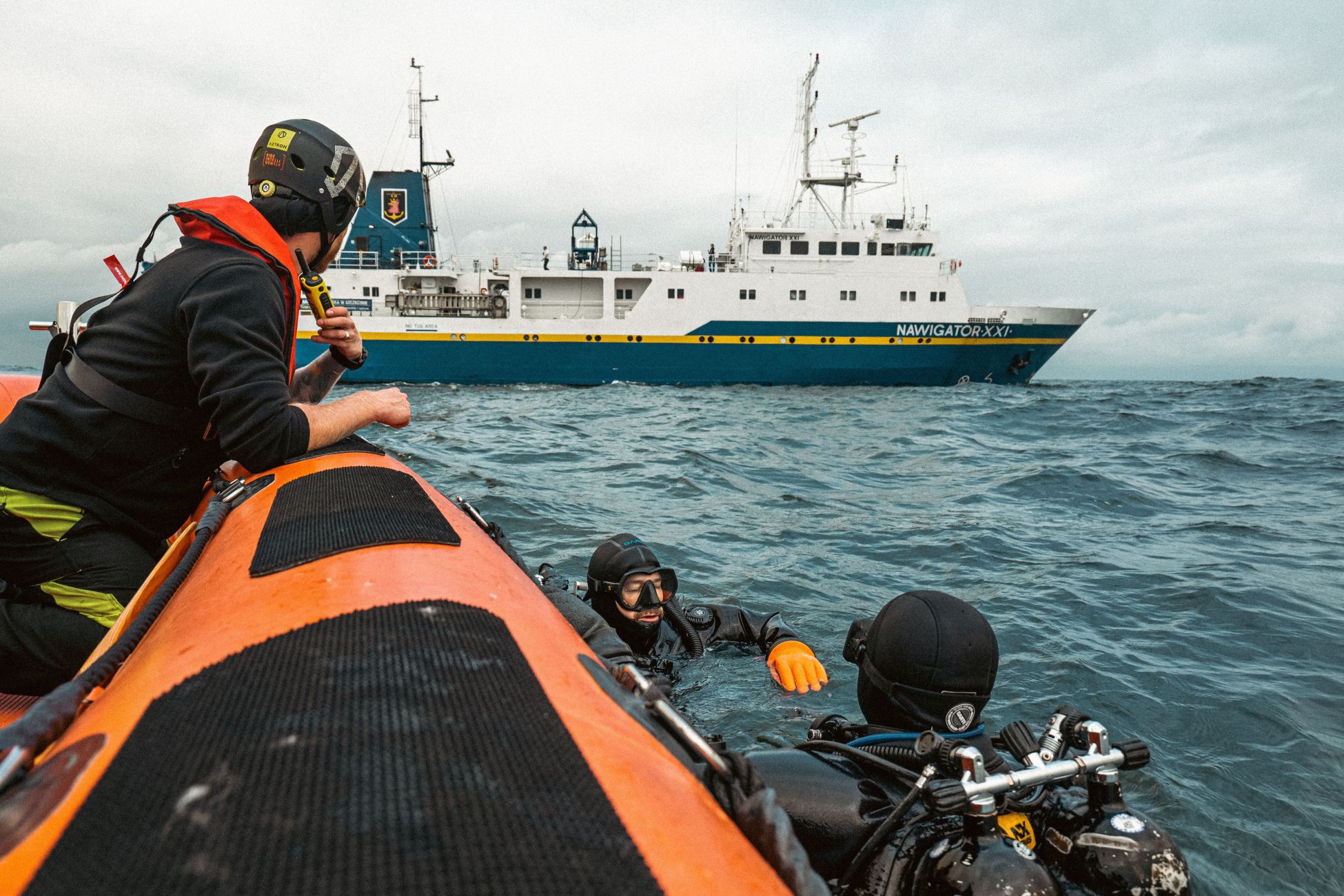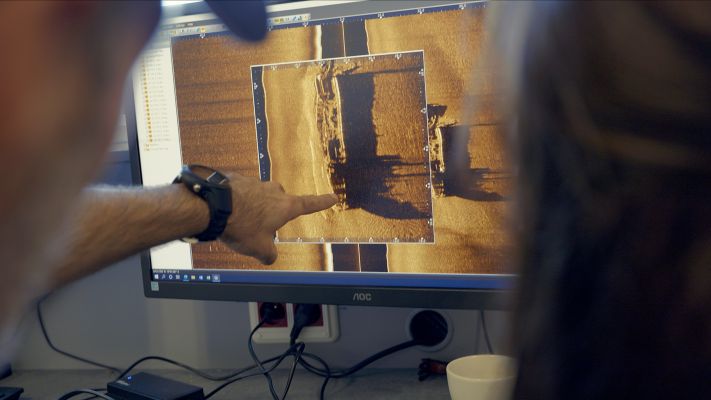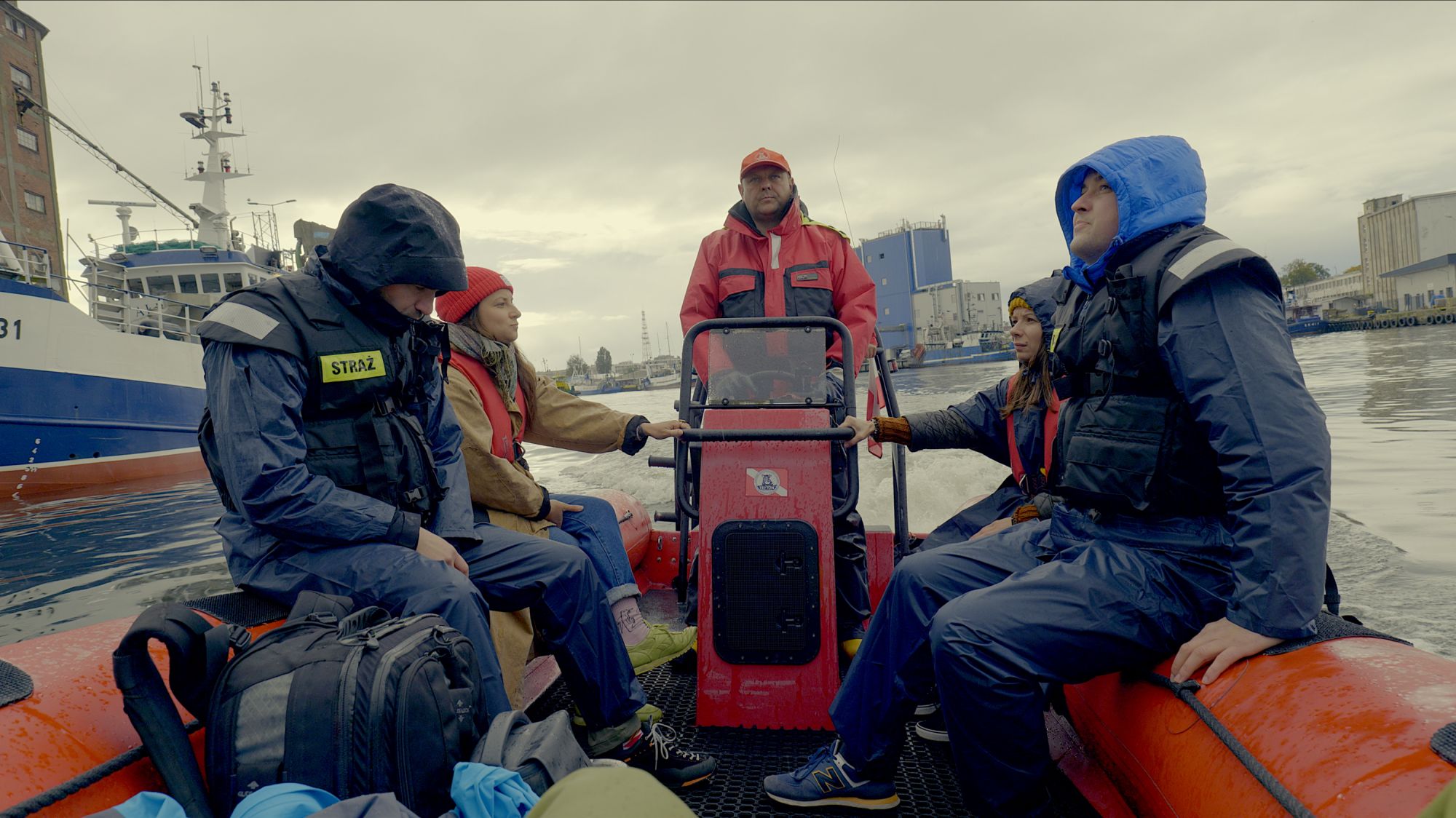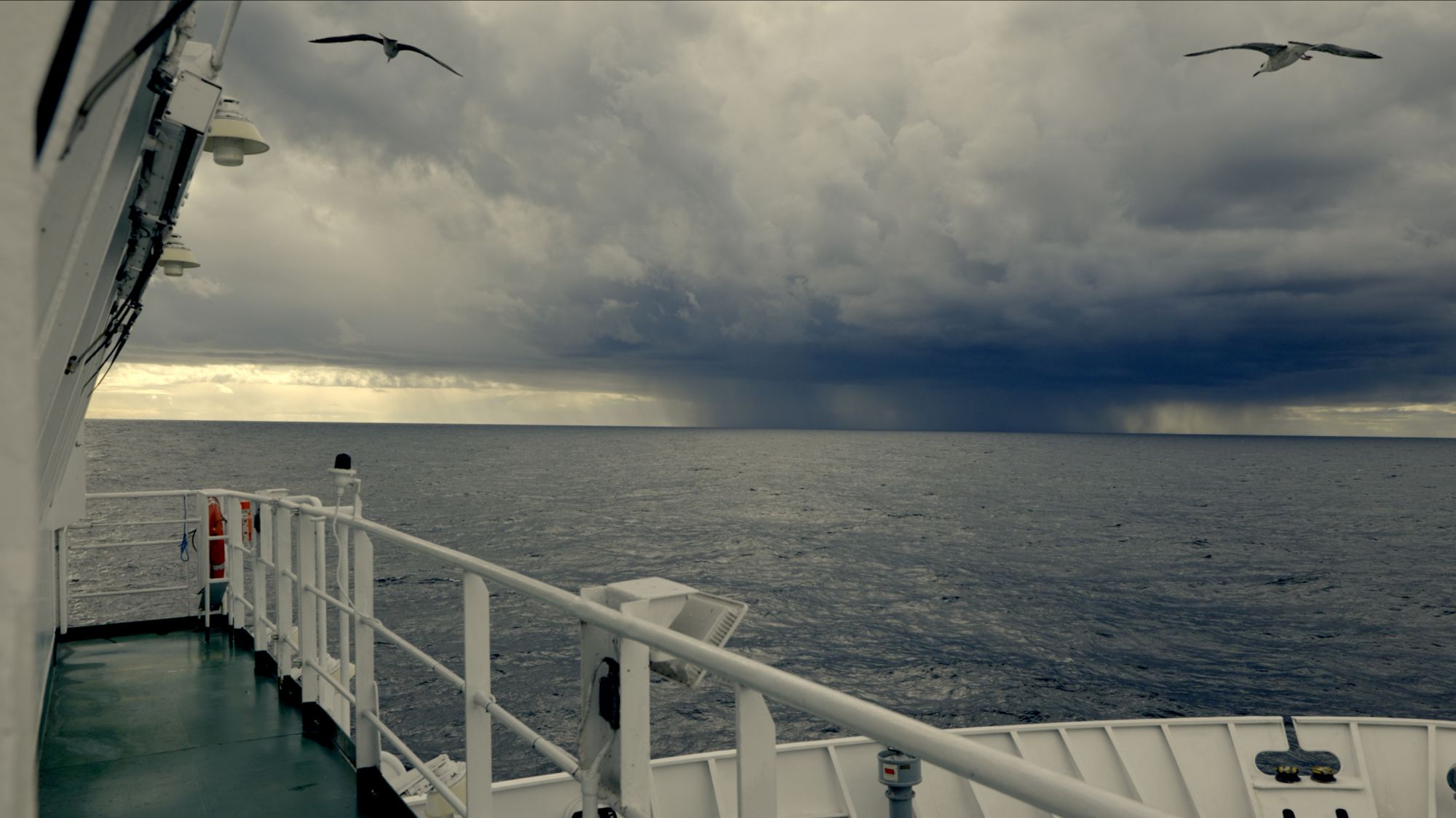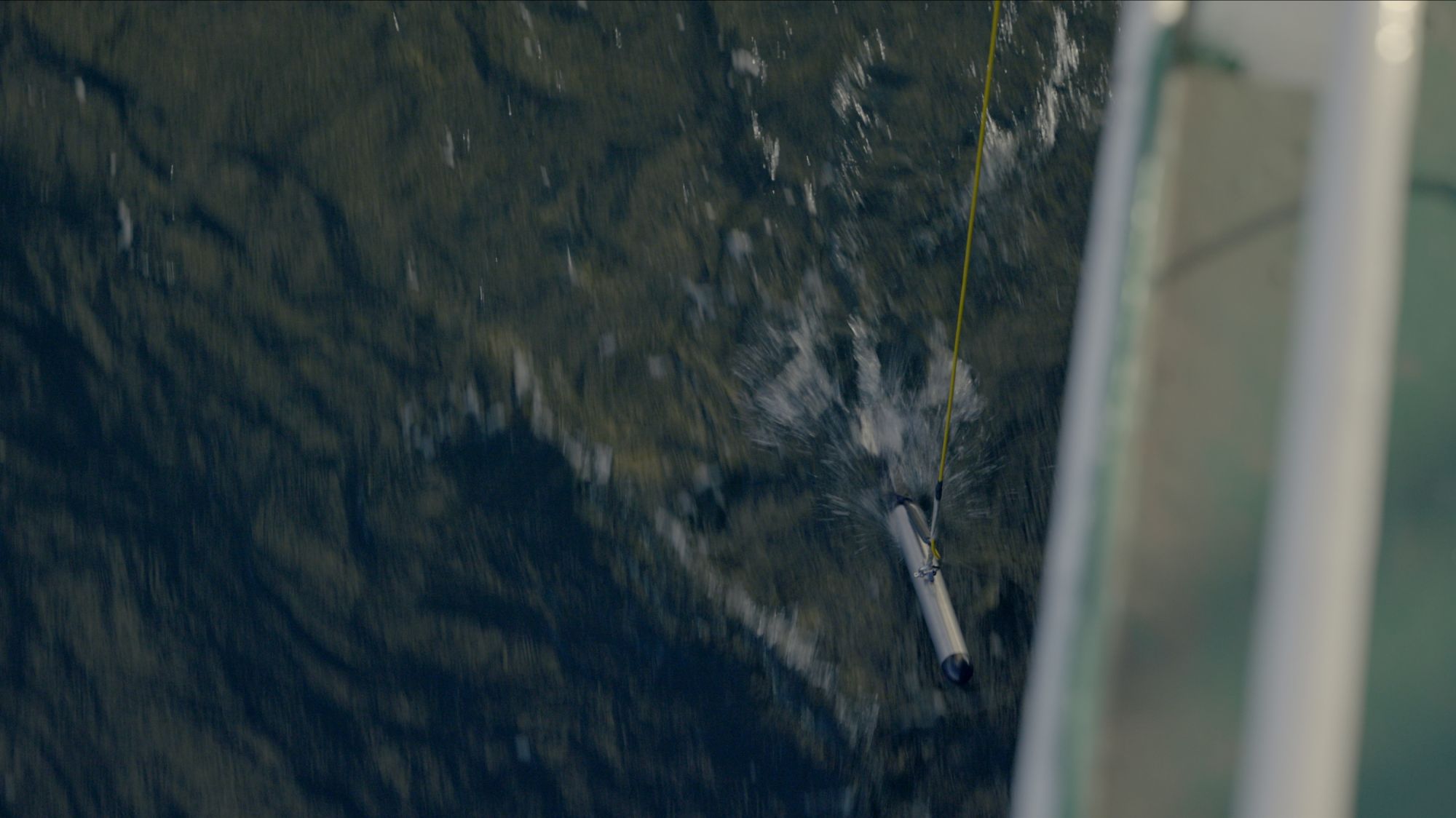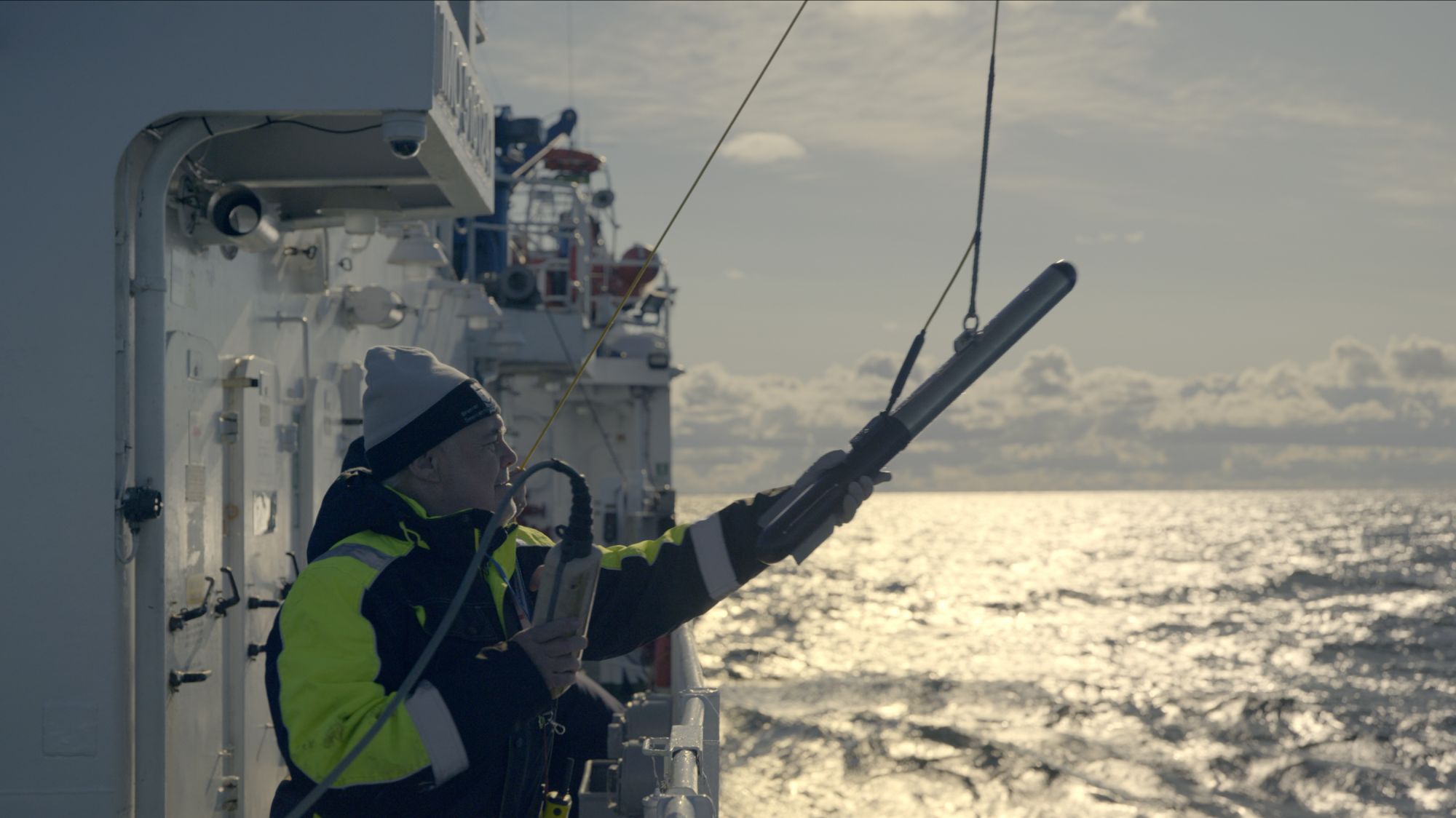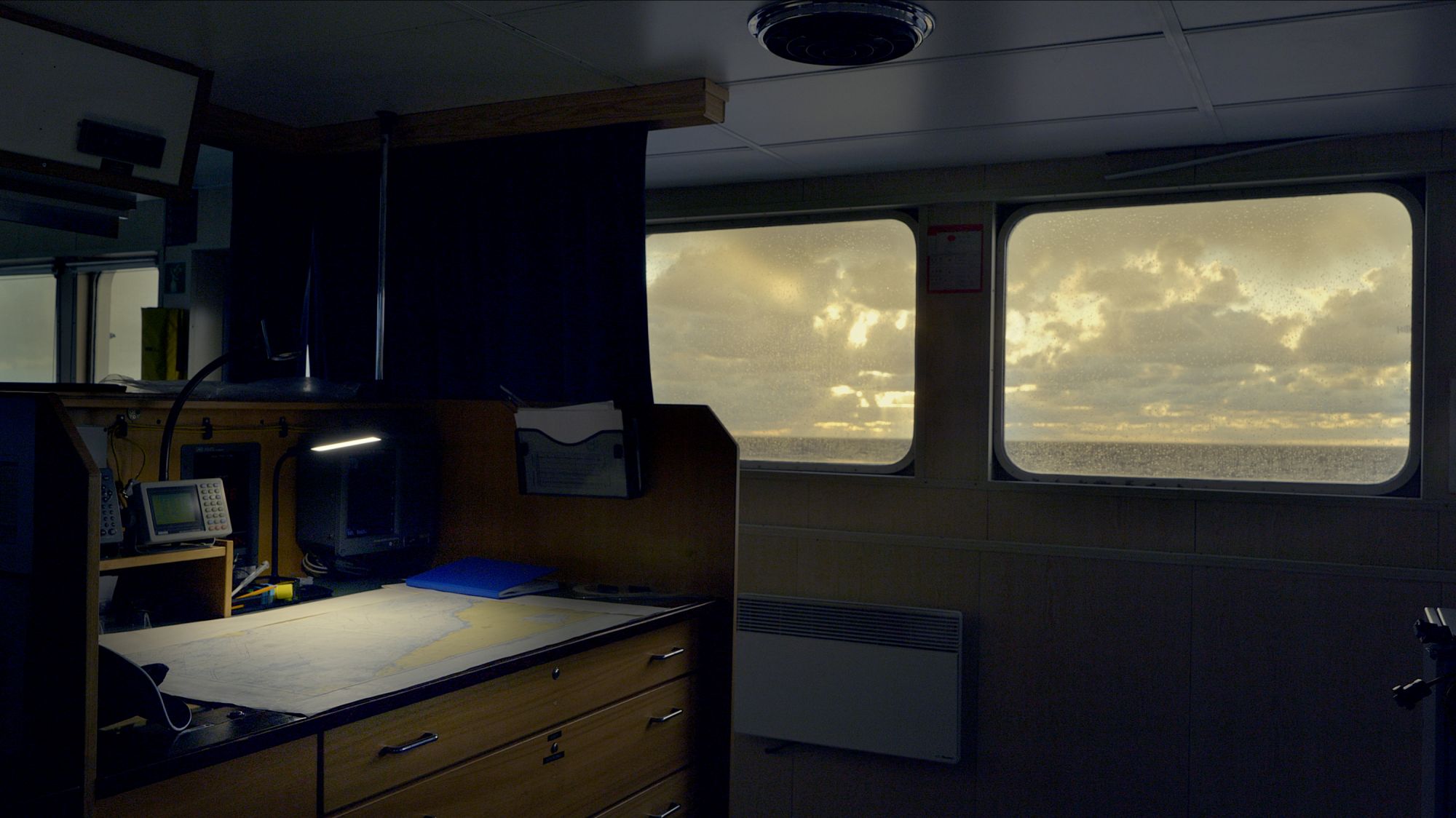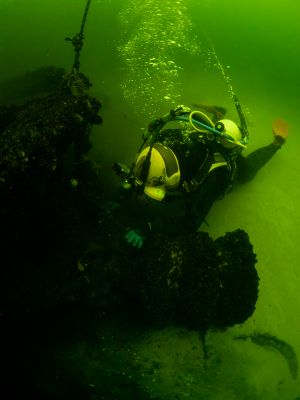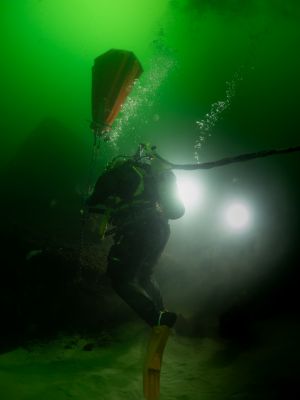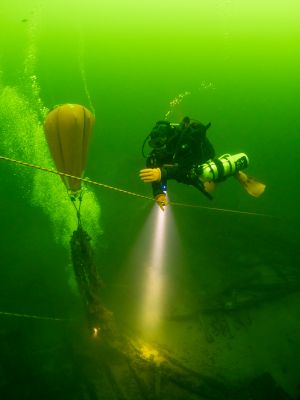
Operation Ghost
The MARE Foundation x Biotherm
For the benefit of the Baltic Sea we have joined forces in the framework of the Operation GHOST.
The aim of the project is to remove ghost nets from selected wrecks.
The project is carried out under the patronage of the Maritime University in Szczecin.
According to the European Commission, 49% of litter in the oceans and seas is single-use plastic and 27% a 27% is plastic from derelict fishing gears. They are called
GHOST NETS.
Derelict fishing gears and their impact on the marine ecosystems are subject to various projects and research around the world. In recent years, public awareness of the problem of marine litter, including ghost nets has increased significantly. More and more actions are undertaken across Europe to reduce the negative impact of ghost nets on the environment.
One of such actions is Operation GHOST, a project carried out by the MARE Foundation and Biotherm, under the patronage of the Maritime University in Szczecin.
"OPERATION GHOST" documentary directed by Krystian Bielatowicz
Derelict fishing gears, called ghost nets are amongst plastic marine litter. According to the Marine Litter Action Plan adopted by HELCOM derelict fishing gear (DFG) are the collective terms for commercial and recreational fishing gear that has been abandoned, lost or otherwise discarded into the marine environment and causes negative biological impacts through, e.g. unintentional catches of fish (a process which is often referred to as “ghost fishing”), coverage of sensitive habitats and/or fragmentation into micro-particles that could enter the food chain.
Ghost nets pose a twofold threat to the environment: they are one of the main sources of pollution of seas and oceans and they are deadly traps for fish, birds and marine mammals.
International organisations, including the Food and Agriculture Organisation of the United Nations (FAO), the International Maritime Organisation, as well as the United nations Environmental Programme have developed a range of hard and soft law measures to prevent gear loss and mitigate the impact of derelict fishing gears. These measures include marking and tracking, reporting and recovery of derelict gears, as well as improvement of port reception facilities for end of life gears.
Despite continuous efforts to solve the problem, fishing gears are still lost due to uncontrolled random events, such as storms, snags or when run over by vessels. It is extremely difficult to quantify derelict fishing nets.
Photo report from OPERATION GHOST by Krystian Bielatowicz:
It is estimated that ghost nets account for as much as 46% of the Great Pacific garbage patch (now covering an area of 1.6 million square kilometres – three time larger than France). According to the latest research on ghost nets published in Science Advances in October 2022, approximately 78 thousand km2 of different types of fishing nets and more than 25 million traps are lost to the seas and oceans annually, on a global scale.
Negative impact of derelict fishing gears on marine environment has significantly increased in the second half of the 20th century when the fishing industry started to use plastic fibres for the production of fishing gears. Such fishing gears made of highly resistant fibres remain in the environment for decades and have a negative impact on the ecosystem. Derelict fishing gears break into smaller particles as a result of external factors, such as light, currents and mechanical damage takes up to 600 years.
The fact that these nets decompose is only a beginning of further problems. Plastic particles do not biodegrade, but are only broken down into smaller particles called microplastics, and then nanoplastics. Plastic introduced into the environment never disappears. In the form of microplastics, it is even more dangerous for animals which take it for food.
Shipwrecks are often a place where ghost nets cumulate. Ghost nets snag on shipwrecks.
Cleaning the wrecks from derelict fishing nets is important not only in the context of removing plastics from the ecosystem, but also of the need to monitor the wrecks for potential leaks of hazardous substances, such a fuel.
Removing derelict gears from wrecks will make a thorough monitoring possible and is the first step needed to remove all fuel in the case of potential risk of leakage.
In 2021 the MARE Foundation started its cooperation with Biotherm. The brand has long-term experience (since 2012) in cooperating with non-governmental organisations in order to minimise negative the impact on the environment and to protect marine ecosystems. The Operation GHOST, carried out in cooperation with the MARE Foundation, under the patronage of the Maritime University in Szczecin, is an example of such actions. More on the actions undertaken by Biotherm and #LiveByBlueBeauty on Biotherm web site.
The Operation GHOST was divided in two steps:
reconnaissance and cleaning the wrecks from ghost nets.
STEP 1: RECONNAISSANCE
In October 2021 we have started our first trip in the framework of OPERATION GHOST, onboard of NAWIGATOR XXI, together with scientists from the Maritime University in Szczecin.
Our aim is to verify the location of wrecks selected to clean from ghost nets. During the reconnaissance, we confirmed the location of selected wrecks an collected data needed for the next steps.
Photo report from reconnaissance, October 2021, by Krystian Bielatowicz
STEP 2: CLEANING THE WRECKS FROM GHOST NETS
Two trips were carried out onboard Nawigator XXI in June and August 2022. During the first expedition, professional divers cleaned four previously selected wrecks from ghost nets. During the cruise, hydrographic data was also collected using a multibeam sonar ad a side sonar. Research and cleaning was conducted on another four wrecks located in the Słupsk Bank.
In total, during Operation Ghost, eight wrecks were examined and cleaned. These wrecks are located at depths up to 30 metres. Approximately 2.400 m2 of nylon lost fishing gears were removed. These were mainly set nets or entangling nets, potentially the most dangerous for the ecosystem, as well as part of a bottom trawl, weighing 30 kg.
One of the main conclusion of the project is the need to examine the wrecks located at greater depths for ghost nets, in order to verify the information on the main locations of derelict fishing gears. According to the data obtained from the Hydrographic Office of the Polish Navy the exact locations of 415 wrecks in the Polish waters are known. Many wrecks have not yet been discovered.


